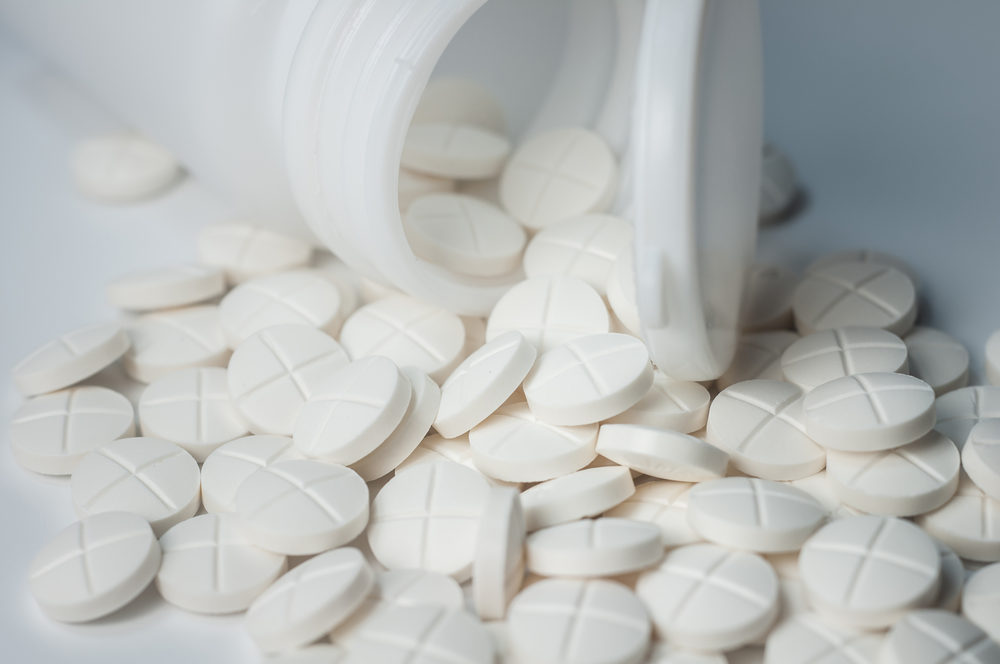Antibiotics, Anticonvulsants and NSAIDs Among Most Common Causes For Stevens-Johnson Syndrome: Study

New research indicates the side effects of certain anticonvulsants, antibiotics and anti-inflammatory drugs may be associated with an increased risk of developing Stevens-Johnson Syndrome (SJS) and Toxic Epidermal Necrolysis syndrome (TEN), leaving users with painful and potentially life-threatening skin reactions.
In a new study published last month in the medical journal JAMA Dermatology, European researchers determined certain immunosuppressant drugs used to treat patients with severe infections were at an increased risk of developing the debilitating conditions, where the skin burns from the inside out and may separate from the body.
Stevens-Johnson Syndrome (SJS) is a serious risk linked to several different medications, producing blisters, severe rashes, and potentially causing the skin to separate from the body. When the skin lesions affect more than 30% of the body, the condition is typically referred to as Toxic Epidermal Necrolysis (TEN), which often results in the need for treatment in a hospital Intensive Care Unit (ICU) and Burn Unit, often resulting in death.

Did You Know?
Millions of Philips CPAP Machines Recalled
Philips DreamStation, CPAP and BiPAP machines sold in recent years may pose a risk of cancer, lung damage and other injuries.
Learn MoreWhile there are a number of different drugs that have been associated with SJS and TENS, the most commonly linked drugs are anticonvulsants, antibiotics and anti-inflammatory drugs given to patients with acute-phase complications.
In this new study, European researchers reviewed records of 212 patients with risk factors for severe acute-phase complications including acute kidney failure, septicemia, and need for mechanical ventilation to determine which drugs caused the highest rate of SJS and TEN skin conditions from January 1, 2015, and December 31, 2019.
Antibiotics were associated with the highest rate of SJS and TENS diagnosis, accounting for 21.2%, followed by anticonvulsants (18.9%), nonsteroidal anti-inflammatory drugs (11.8%), allopurinol (11.3%), and sulfonamides (10.4%), according to the findings.
Specifically, cyclosporine was associated with the highest rate of infection and frequency in which patients suffered body surface area detachments greater than 20%.
For patients who developed severe acute-phase complications, the mortality rate was recorded at 20.8%, with most patients at this stage suffering greater than 30% of body surface area detachments.
Researchers identified corticosteroids and intravenous immunoglobulins as the most effective treatment options, suggesting the need for prospective therapeutic studies to be conducted to determine best treatment strategies for SJS/TENS.
While cases are rare, in August 2013, the FDA issued a drug safety communication about the potential link between Tylenol and skin reactions, indicating the popular pain killer may cause SJS or TEN.
Past studies have also drawn links between the use of gout drugs, such as Zyloprim and Aloprim, and an increased risk of SJS, TEN, and other severe and life-threatening hypersensitivity reactions.
“The findings of this study suggest differences in treatment strategies for Stevens-Johnson syndrome and toxic epidermal necrolysis in Europe and highlight the importance of prospective therapeutic studies and registries,” the researchers concluded.
Get more articles like this sent directly to your inbox.
"*" indicates required fields






0 Comments